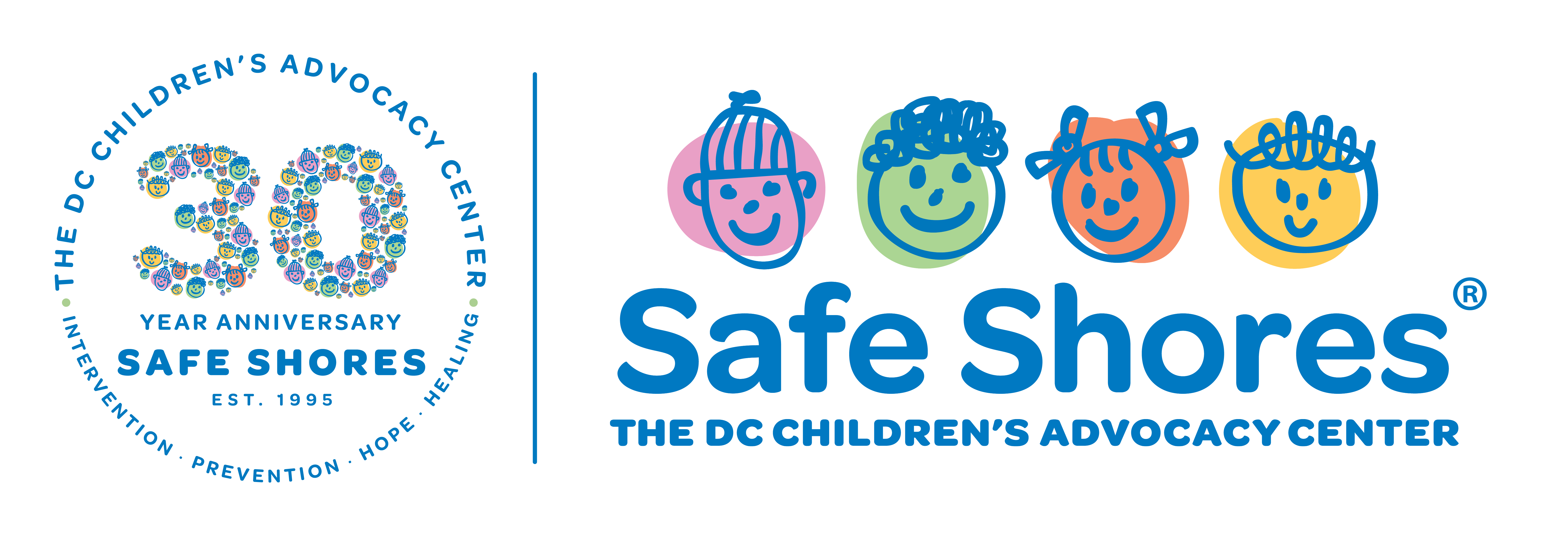
April is Child Abuse Prevention Month, and part of prevention is eliminating the misinformation that surrounds child sexual abuse and learning the facts. Scroll down to learn the statistics and truth about child sexual abuse. The more awareness we bring to child abuse, the more we can prevent it.
If you want to do more to prevent child sexual abuse, attend one of our free, virtual Darkness to Light’s Stewards of Children® trainings to learn how to prevent, recognize and react responsibly to child sexual abuse. Learn more and register for one of our upcoming trainings here.
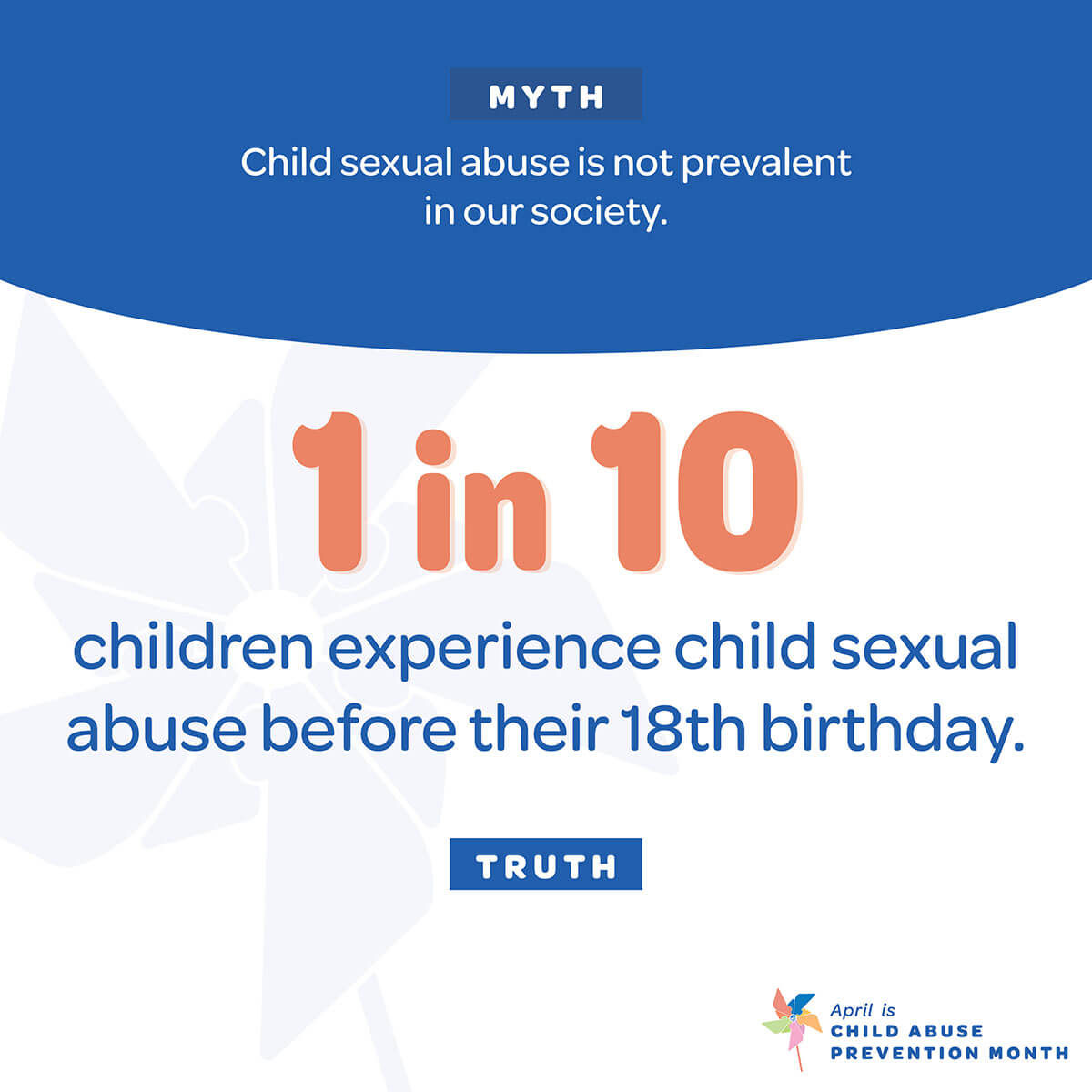
Child Sexual Abuse Myth:
Child sexual abuse is not prevalent in our society.
Child Sexual Abuse Truth:
1 in 10 children experience child sexual abuse before their 18th birthday.
Reference:
Townsend, C., Rhienhold, A.A., (2013). Estimating a child sexual abuse prevalence rate for practitioners: A review of child sexual abuse prevalence studies. Charleston, S.C., Darkness to Light. Retrieved from www.D2L.org.
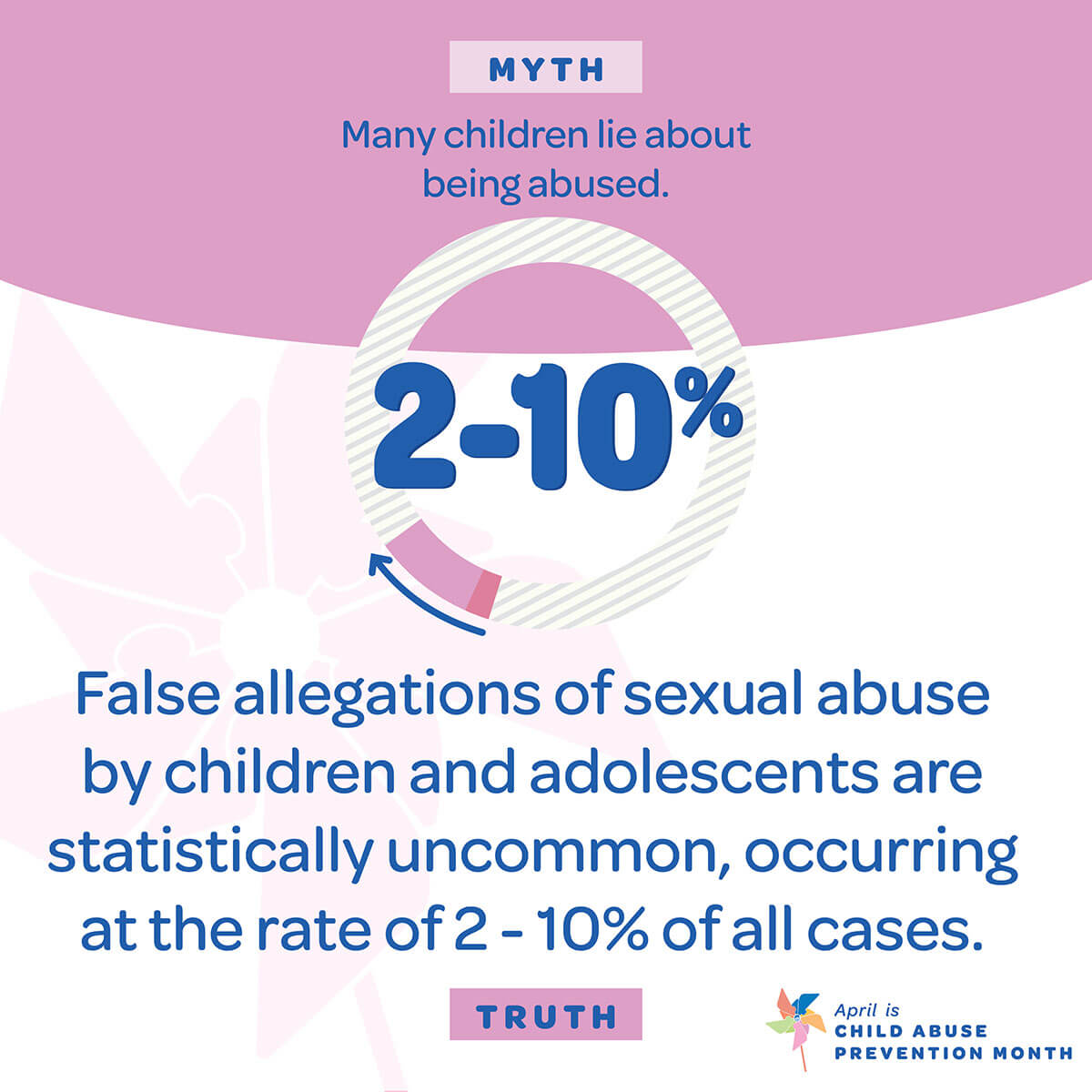
Child Sexual Abuse Myth:
Many children lie about being abused.
Child Sexual Abuse Truth:
False allegations of sexual abuse by children and adolescents are statistically uncommon, occurring at the rate of 2 to 10 percent of all cases.
Reference:
Mikkelsen, E. J., Gutheil, T. G., & Emens, M. (1992). False sexual-abuse allegations by children and adolescents: Contextual factors and clinical subtypes. American Journal of Psychotherapy, 46(4), 556-570.
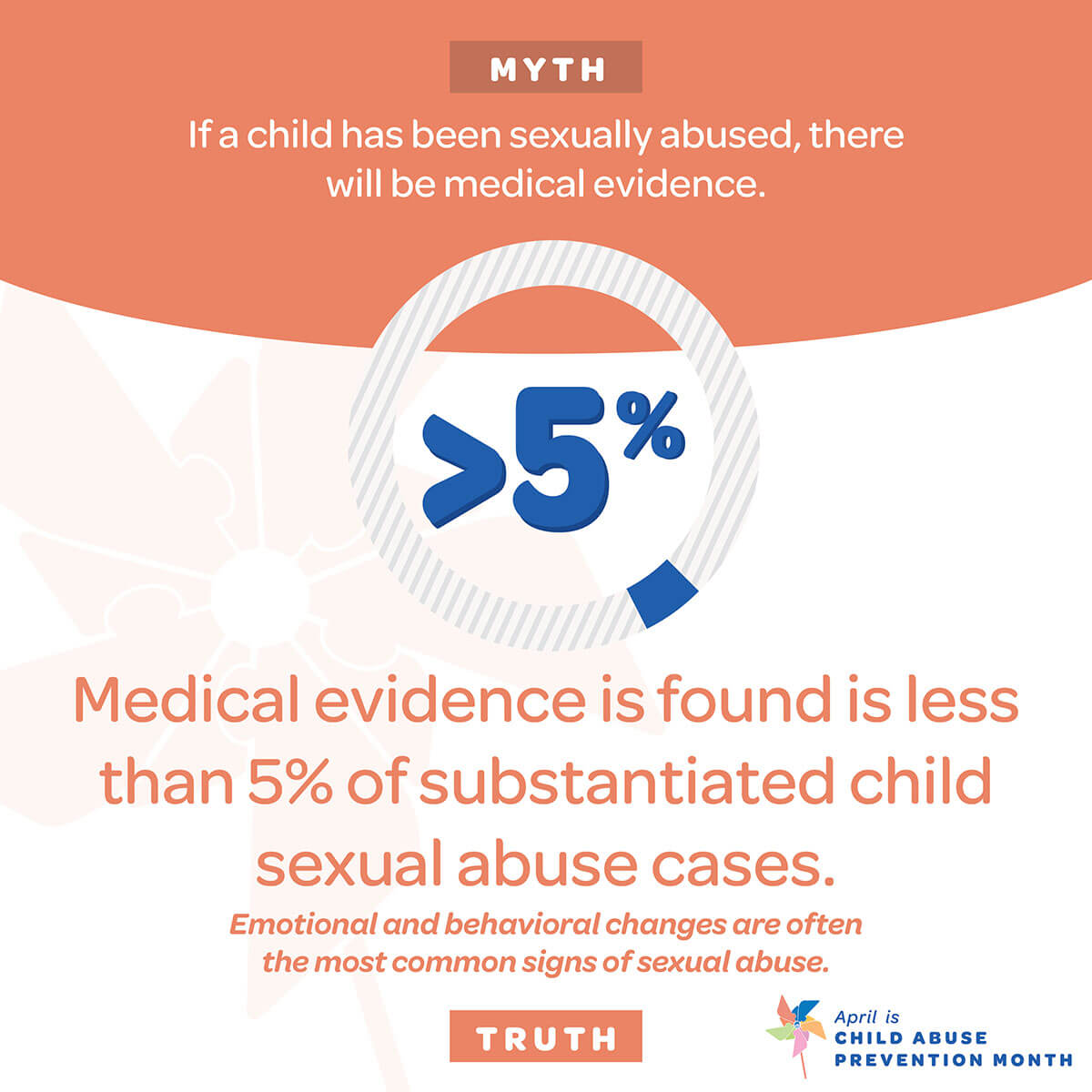
Child Sexual Abuse Myth:
If a child has been sexually abused, there will be medical evidence.
Child Sexual Abuse Truth:
Medical evidence is found is less than 5% of substantiated child sexual abuse cases. Emotional and behavioral changes are often the most common signs of sexual abuse.
Reference:
Heger, A., Ticson, L., Velasquez, O., & Bernier, R. (2002). Children referred for possible sexual abuse: Medical ‑ndings in 2384 children. Child Abuse & Neglect, 26(6), 645-659.
Adams, J. A., Harper, K., Knudson, S., & Revilla, J. (1994). Examination ‑ndings in legally con‑rmed child sexual abuse: It’s normal to be normal. Pediatrics, 94(3), 310-317.
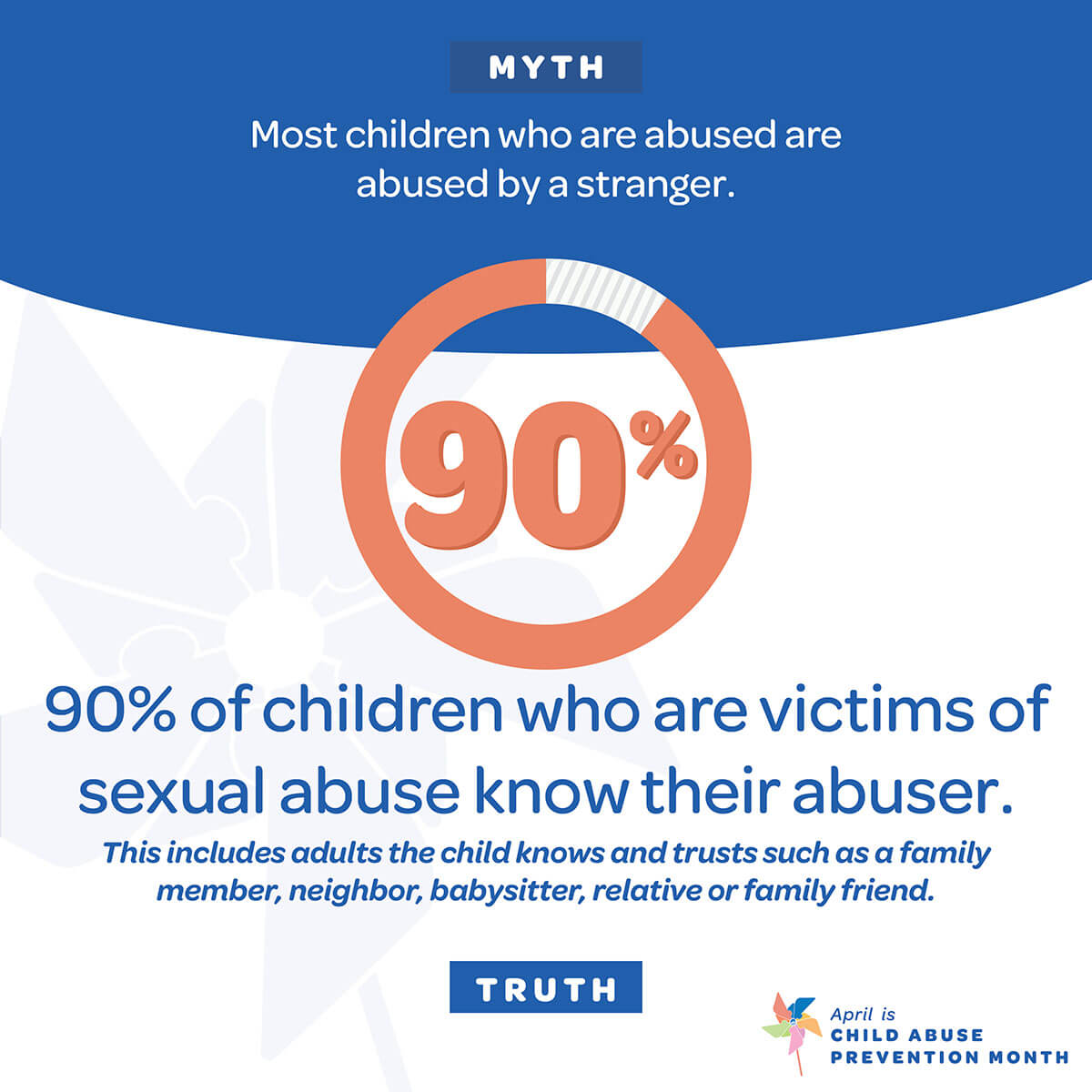
Child Sexual Abuse Myth:
Most children who are abused are abused by a stranger.
Child Sexual Abuse Truth:
90% of children who are victims of sexual abuse know their abuser. This includes adults the child knows and trusts such as a family member, neighbor, babysitter, relative or family friend.
Reference:
Finkelhor, D. (2012). Characteristics of crimes against juveniles. Durham, NH: Crimes against Children Research Center.
Julia Whealin, Ph.D. (2007-05-22). “Child Sexual Abuse.” National Center for Post Traumatic Stress Disorder, US Department of Veteran Affairs.
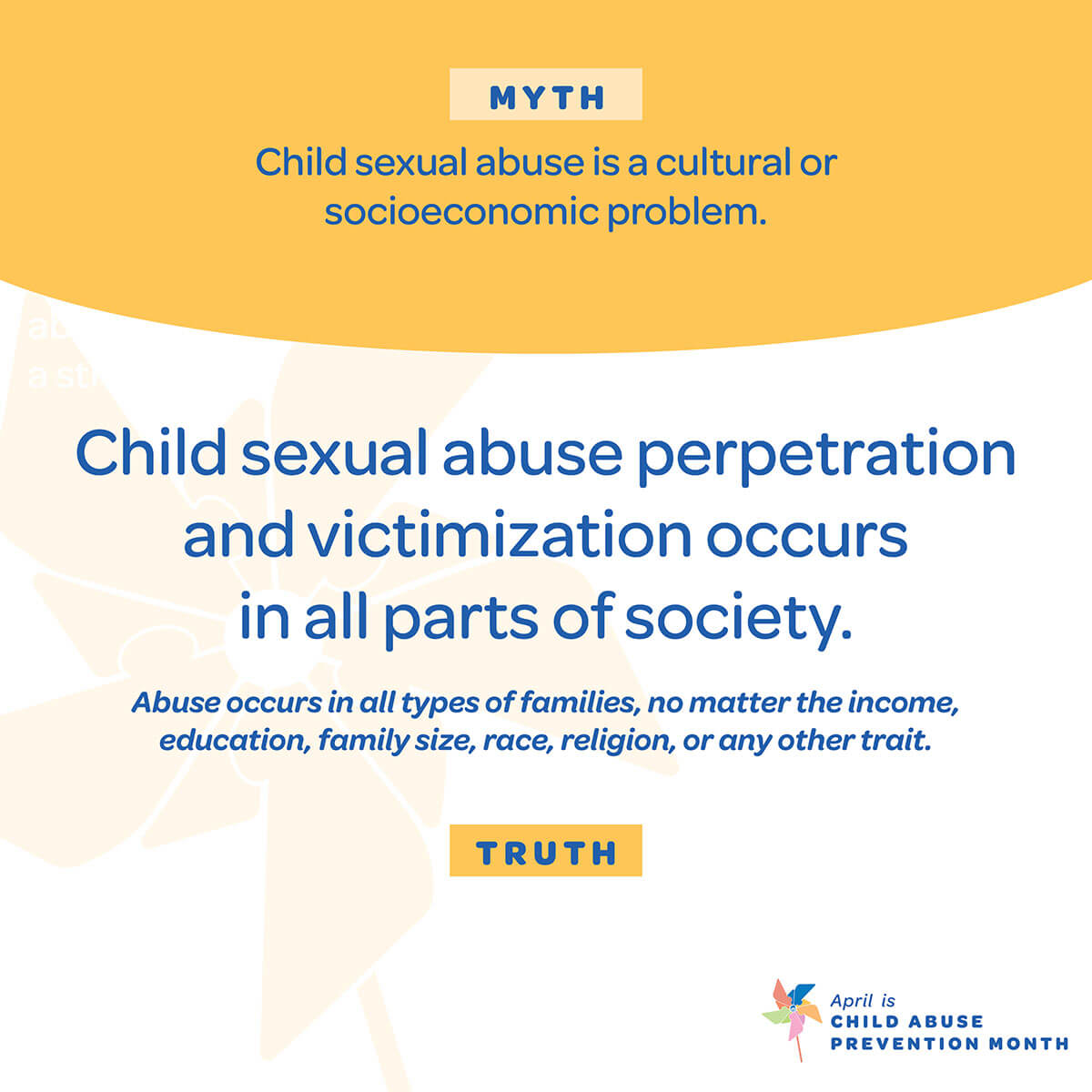
Child Sexual Abuse Myth:
Child sexual abuse is a cultural or socioeconomic problem.
Child Sexual Abuse Truth:
Child sexual abuse perpetration/victimization occurs in all parts of society. Abuse occurs in all types of families, no matter the income, education, family size, race, religion, or any other trait.
Reference:
Hansen, D. J., & Wilson, K. R. (2007). Child sexual abuse. In B. L. Cutler (Ed.), Encyclopedia of Psychology and Law (pp. 1-5). Newbury Park, CA: SAGE Publications.
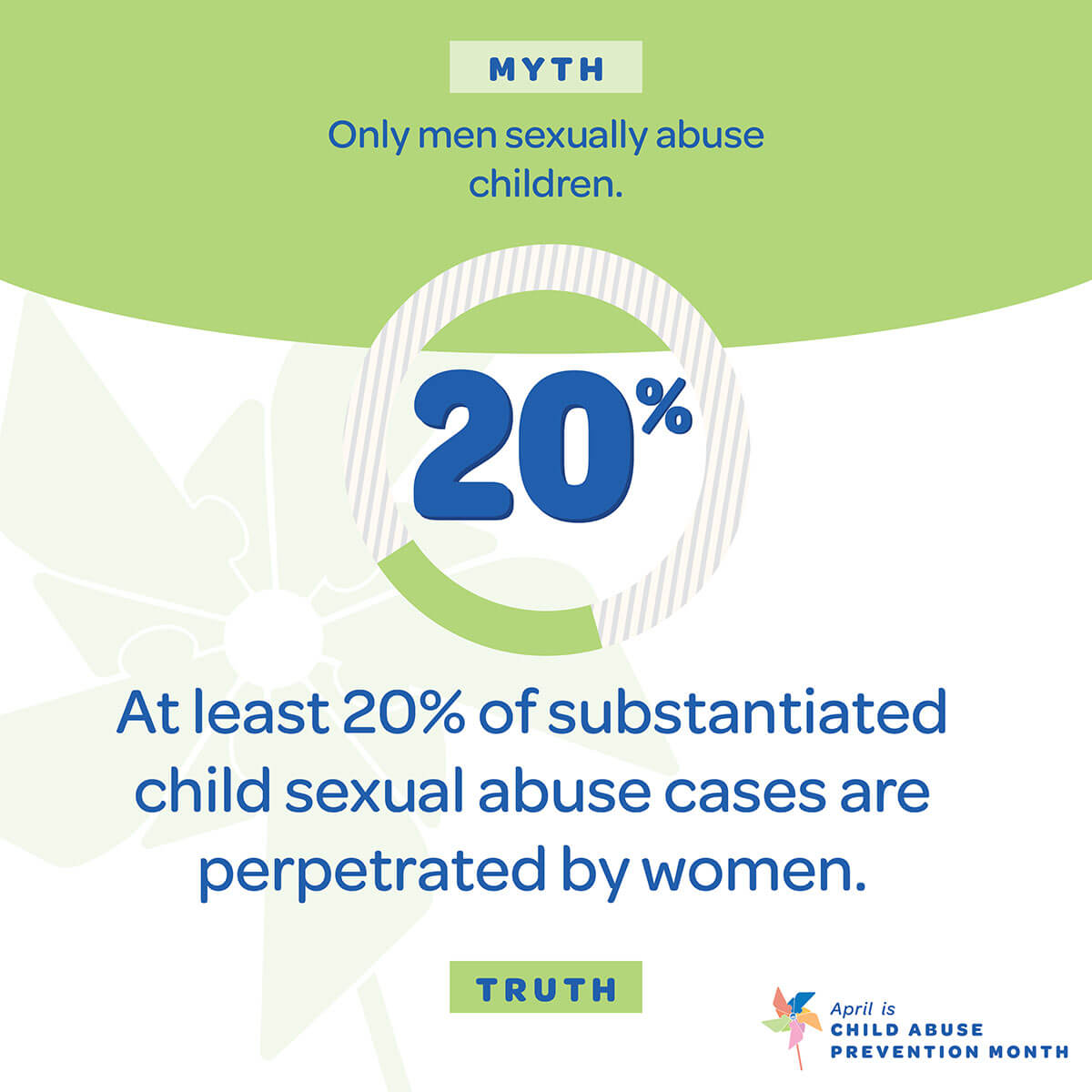
Child Sexual Abuse Myth:
Only men sexually abuse children.
Child Sexual Abuse Truth:
At least 20% of substantiated child sexual abuse cases are perpetrated by women.
Reference:
McLeod, D. A. (2015). Female offenders in child sexual abuse cases: A national picture. Journal of Child Sexual Abuse, 24(1), 97-114.
Green, A. H. (1999). Female sex offenders. In J. A. Shaw (Ed.), Sexual aggression (pp. 195-210). Washington, DC: American Psychiatric Association Press.
Finkelhor, D., Williams, L. M., Burns, N., & Kalinowski, M. (1988). Nursery crimes: Sexual abuse in day care. Sage Publications, Inc.
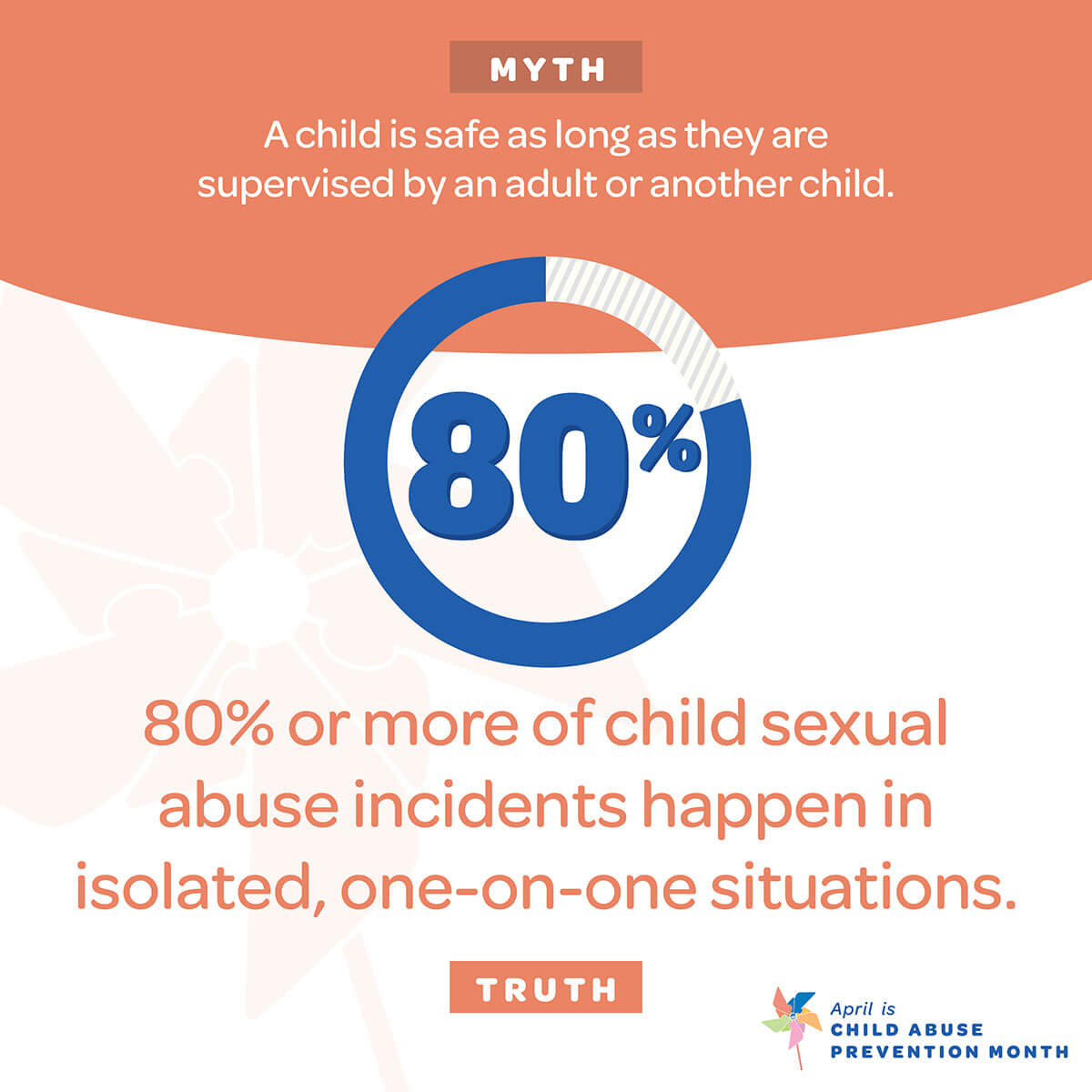
Child Sexual Abuse Myth:
A child is safe as long as they are supervised by an adult or another child.
Child Sexual Abuse Truth:
80% or more of child sexual abuse incidents happen in isolated, one-on-one situations.
Reference:
Finkelhor, D. (2012). Characteristics of crimes against juveniles. Durham, NH: Crimes against Children Research Center.
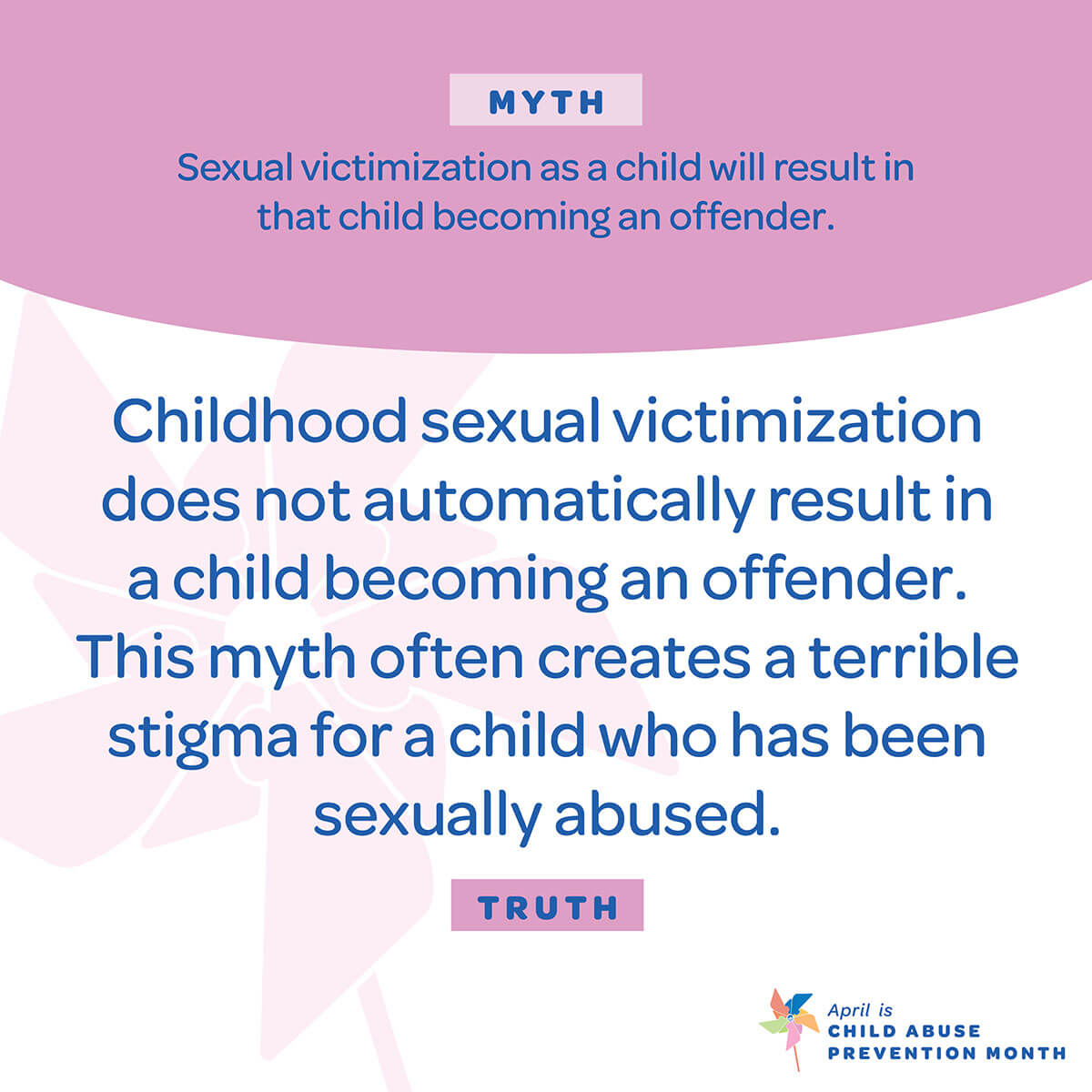
Child Sexual Abuse Myth:
Sexual victimization as a child will result in that child becoming an offender.
Child Sexual Abuse Truth:
Childhood sexual victimization does not automatically result in a child becoming an offender. This myth often creates a terrible stigma for a child who has been sexually abused.
Reference:
Julia Whealin, Ph.D. (2007-05-22). “Child Sexual Abuse.” National Center for Post Traumatic Stress Disorder, US Department of Veteran Affairs.
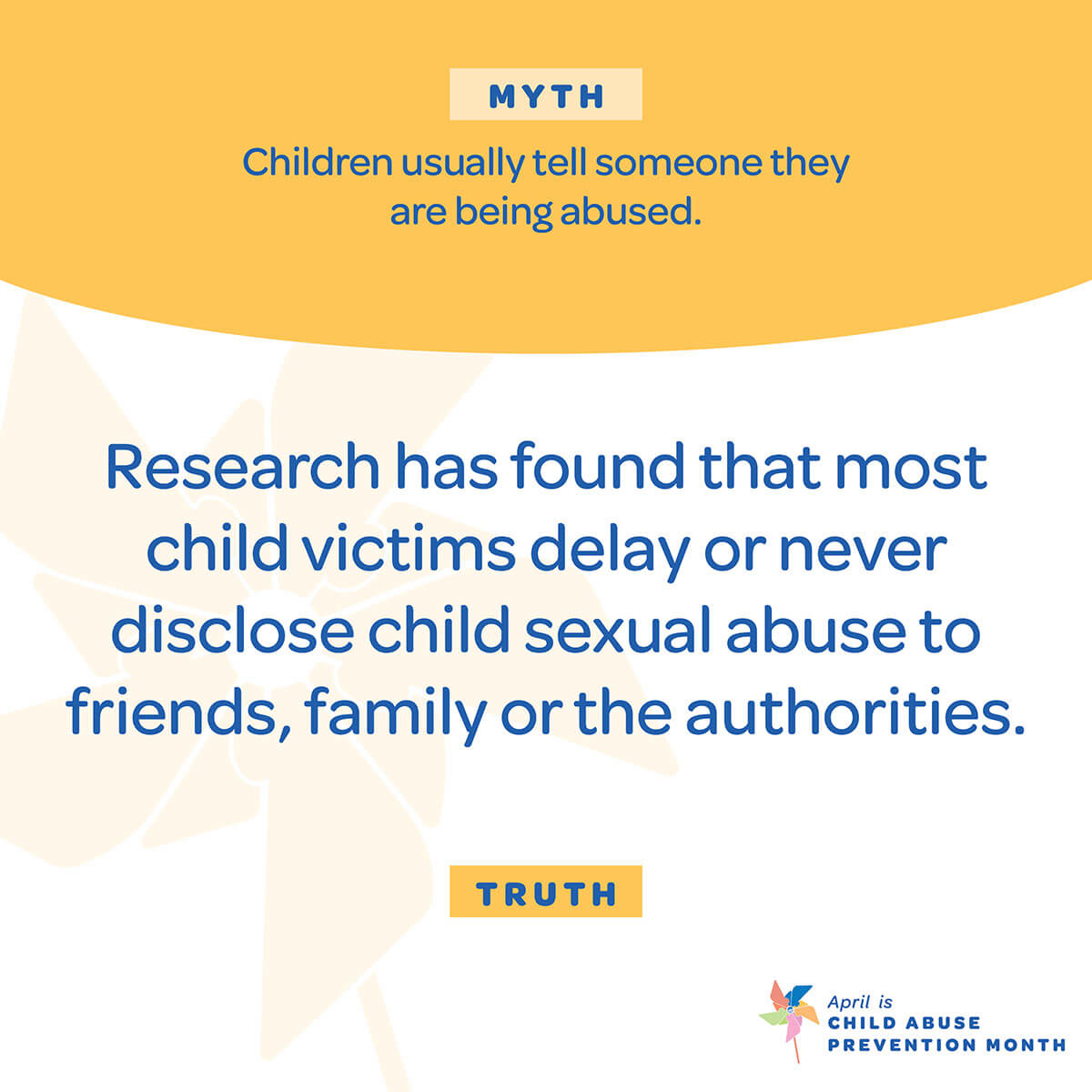
Child Sexual Abuse Myth:
Children usually tell someone they are being abused.
Child Sexual Abuse Truth:
Research has found that most child victims delay or never disclose child sexual abuse to friends, family or the authorities.
Reference:
Bottoms, B., Rudnick, A., & Epstein, A. (2007). A retrospective study of factors aecting the disclosure of childhood sexual and physical abuse. In Pipe, M. E., Lamb, Y., Orbach, Cederborg, C. (Eds.), Child sexual abuse: Disclosure, delay, and denial (pp. 175-194). Mahwah, NJ: Lawrence Erlbaum Associates.
London, K., Bruck, M., Ceci, S. J., & Shuman, D. W. (2005). Disclosure of child sexual abuse: What does the research tell us about the ways that children tell? Psychology, Public Policy, and Law, 11(1), 194–226.
London, K., Bruck, M., Wright, D. B., & Ceci, S. J. (2008). Review of the contemporary literature on how children report sexual abuse to others: Findings, methodological issues, and implications for forensic interviewers. Memory, 16(1), 29-47.
